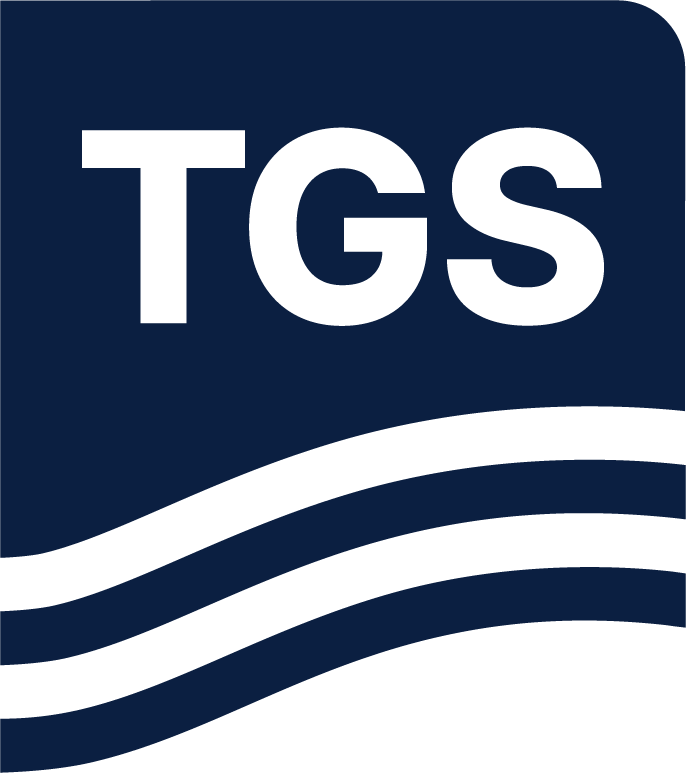First Published: GEO ExPro, December 2019
Abstract
Mixed/hybrid deepwater turbiditic-contouritic depositional systems are only just beginning to be understood, but show great potential.
Several prolific discoveries have been associated with hybrid turbidite-contourite systems, of which the most notable is the Rovuma Basin offshore Mozambique (Maba Complex). Another significant hydrocarbon accumulation with clear seismic indications associated with a mixed system is the deepwater confined channel Barra/Moita Bonita complex (>3 Bbo in place) in the Sergipe Basin, Brazil.

Figure: (Sergipe) PSDM through a Barra well showing clear evidence for contourite drifts.
Identification of these systems relies on the recognition of a series of diagnostic criteria derived from the integration of available understanding (Sansom, 2018) and comparison with direct observations from well-established proven systems. Hydrocarbon potential evaluation includes the analysis of probable source rocks, reservoir and traps. Potential source rocks can be identified using a systematic frontier basin methodology which integrates plate tectonic reconstruction, paleographic setting, seismic character, any available well and outcrop data, and source rock characterization (Eastwell et al., 2018). To de-risk reservoir presence and quality, both depositional system features and seismic character can be used. The trapping mechanism is usually provided by the depositional characteristics of the hybrid system.
Read the full article here.

